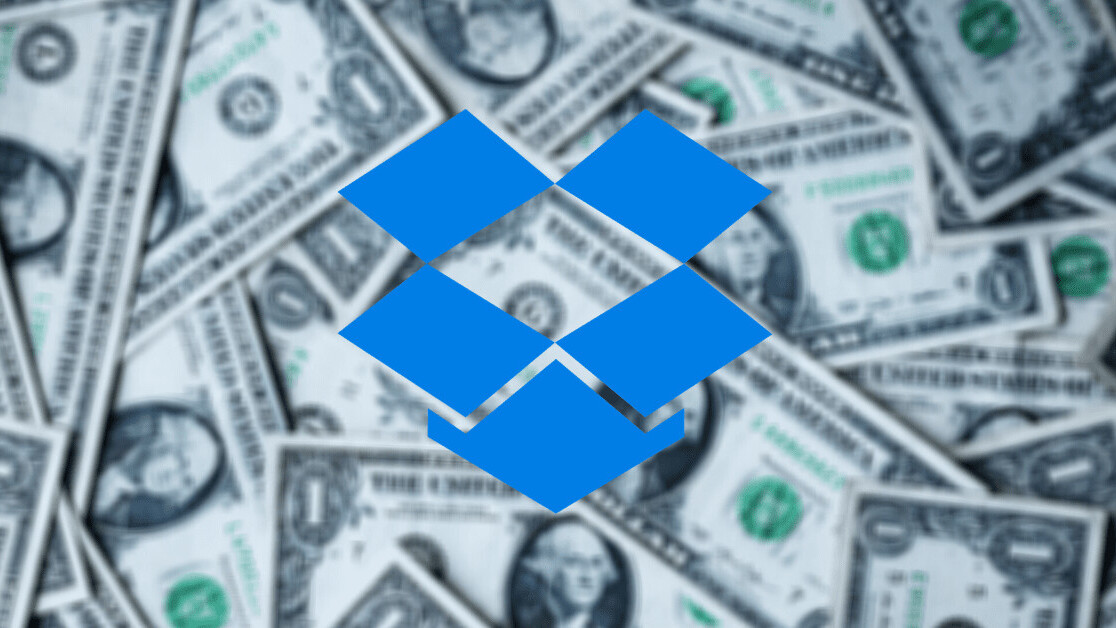
Capiche is a secret society for SaaS power users, building a new community of people who care about software to make the SaaS industry more transparent, together. This article was written by Matthew Guay, Capiche‘s founding editor and former senior writer at Zapier.
It almost felt like common knowledge that software was increasingly expensive. Yet was it, really? Had the move from boxed software and one-time licenses to subscriptions and SaaS had actually resulted in higher prices, we wondered?
So last year we picked 100 popular business software, dug through blog posts and the invaluable Wayback Machine, checked each year’s pricing for the decade from 2009 to 2019, and calculated the software inflation rate.
Our hunch was correct. Software had gotten 63% more expensive over a decade, or around 5% a year, vastly outpacing the inflation rate.
Then came a global pandemic, paired with a boom in tech stocks. Perhaps it wasn’t the time to raise prices. Perhaps the price was already right.
This year, your software budget has a bit more breathing room: Software pricing only went up 2.2% in 2020. 10% of software got more expensive this year, counterbalanced by the 8% that lowered prices.
The dramatic price changes from the switch to SaaS have stabilized. If anything, your company may pay less for software this year, as bundles are the new norm again, giving you everything in one package so you need to buy fewer software products.
When business models change
In 2009, the App Store was a year old, an early part of the switch to subscription-powered cross-platform software. Amazon AWS—the service that’d power much of the SaaS boom—was 3 years old. Salesforce, one of the original web apps, had proved for nearly a decade that people would subscribe to online software.
So the world went SaaS, right around the end of the 21st century’s first decade. Wufoo launched in 2006, Todoist in 2007, Dropbox in 2008. Slack would come out 5 years later. Countless other SaaS applications would follow, as services like Stripe, Twilio, and new AWS offerings increasingly made it easy to launch a SaaS business. Adobe and Microsoft followed in 2011, switching their bundled software to subscriptions and cementing SaaS as the default business software model.
And at first, it was a win. SaaS brought us unique, new services like Dropbox, Slack, Airtable, and more, apps that would be hard to imagine without subscriptions. SaaS also made software far more accessible; Office went from $220 upfront to $9.99/month, while buying all of Adobe’s software in bundle went from $2,599 to $52.99/month.
Some software even got dramatically cheaper over the decade, in almost Moore’s law for software. File storage pricing stayed the same while giving you dramatically more. $9.99/month got you 50GB of Dropbox storage in 2009, while $11.99/month got you 2TB of storage—40x more—a decade later. Video calls got commoditized, as free services like FaceTime, Google Meet, and Zoom filled the market. GoToMeeting had to follow—it costs less than a third of what it did in 2019, for 10x as many meeting attendees. Those and others in commoditized, strongly competitive categories—competing often with tools bundled with Office Suites and computing platforms—had to deliver more for less.
But. SaaS made you keep paying. You increasingly had to commit to at least a year-long subscription. When the price changed, you were stuck. And the plethora of new business software meant you had an increasing number of software bills to pay.
It’s not like boxed software kept the same price forever either. Adobe added $50 to the price of Creative Suite every few upgrades, while boxed Quickbooks pricing steadily crept upwards each year. But when software prices went up an average of 63% over the decade from 2009 to 2019, it starts to add up.
This year’s not as bad as the average. 2020 saw a software inflation rate of 2.2%—double the overall US inflation rate, but far lower than previous years’ price increases.
What changed in 2020’s software pricing?

There’s a good chance your software bills aren’t actually higher this year, as only 10% of the software we tracked got more expensive.
If pricing did go up, though, on average it went up 47% since its last price change (which, on average, came 4 years ago). Asana, Teamwork Projects, and PivotalTracker each went up around 10%—so Asana now costs a dollar more per user each month. Others saw a 30-50% price bump. PieSync went up the most, with its price nearly tripling since its acquisition by HubSpot.
You had nearly as good of odds of your software getting cheaper this year, as 8% of products saw their price reduced an average of 32%. Notion made their personal plans free, as did GitHub along with reducing all their plans’ prices. AWS took 1-12% off their services. GoToMeeting costs less than half what it did last year. Drip and LucidChart had raised their prices in 2019, then brought them back down this year.
But the sticker price wasn’t the only way software pricing changed this year.
Some products de facto became more expensive, as features were cut or annual became required. SurveyMonkey’s base plan, most notably, nearly tripled in price—unless you used an annual plan, where the price stayed the same as last year. Unbounce got $10/month cheaper—but instead of unlimited pageviews, the core plan only lets 20,000 people view your sites each month. Others—including Zapier, Help Scout, and Keap Infusionsoft—kept the same price but include fewer tasks, mailboxes, and contacts, respectively.
Other software got cheaper in the same way. WebEx and BigCartel doubled the contacts and listings you can have, respectively, for the same price. Dropbox threw in HelloSign features for no extra cost, after acquiring them last year. HubSpot kept list prices the same, but now charges 20% less for additional contacts. You can explore the full data on Google Sheets.
What’s next for software pricing?
Software pricing tends to go up every 5 years, on average—with some changing their price every year or two, others keeping the same pricing for nearly a decade. If a program’s price hasn’t changed in a few years, it might be in line for an update over the next year.
Strong competition can change that, though. File storage apps now typically all offer 2TB of storage at around the same price; if one increases that or goes unlimited, that may start being the new default. Other app categories that are often bundled in office suites—including video calls, team chat, and notes apps—may similarly be pressured to lower prices due to competition.
Beyond that, here are the pricing trends to watch going into 2021:
Bundles are getting bigger. Google and Microsoft, especially, continue to add features to their software bundles, most notably team chat tools, without raising prices. Dropbox has folded their HelloSign acquisition into their core product, so you get more for your subscription; Microsoft acquired GitHub, then sharply cut their prices this year. Smaller acquisitions may not see the same benefits, though; Formstack’s WebMerge has kept similar pricing, while HubSpot’s Piesync’s price has nearly tripled since acquisition.
Free for individuals, paid for teams. It’s still a good time to use software as an individual, as software increasingly is free for one-person plans, charging for teams after the software gets adopted as people bring their own software to work. That’s Notion and GitHub’s new pricing strategy, after originally charging individuals and teams alike. Atlasssian did something similar this year, making their 10-user plan free after years of charging for it.
In-App purchases for work. Another common trend is charging more for extra features. Basecamp’s new email app, Hey, offered shorter email addresses for an additional price. Xero now has add-ons for projects and expenses, features previously reserved for top plans. Gusto added HR features, and a new pricing tier you can upgrade to get them. TalentLMS started selling a library of courses as a companion to the courses your team made internally with their software. Everything from Salesforce and WordPress to even Office and Creative Cloud sells add-ons from 3rd parties to add features to build an ecosystem. That’s one way software can charge more, while letting users feel like they’re paying for something new.
More expensive software from the start. Raising prices is hard; lowering is easy. Software is, perhaps, learning this lesson this year, as new SaaS products seem to start at higher initial prices than before. Roam Research, a popular research and notes tool, launched paid plans at $15/month (or $500 for 5 years), far higher than apps like Notion and Evernote. Basecamp’s Hey costs $99/year, as much as a full G Suite account albeit with only email, and Superhuman charges a full $30/month. Perhaps they’ll still raise prices in the future—but perhaps, they’ve bought themselves the pricing headroom to keep prices the same for years to come.

Get the TNW newsletter
Get the most important tech news in your inbox each week.





